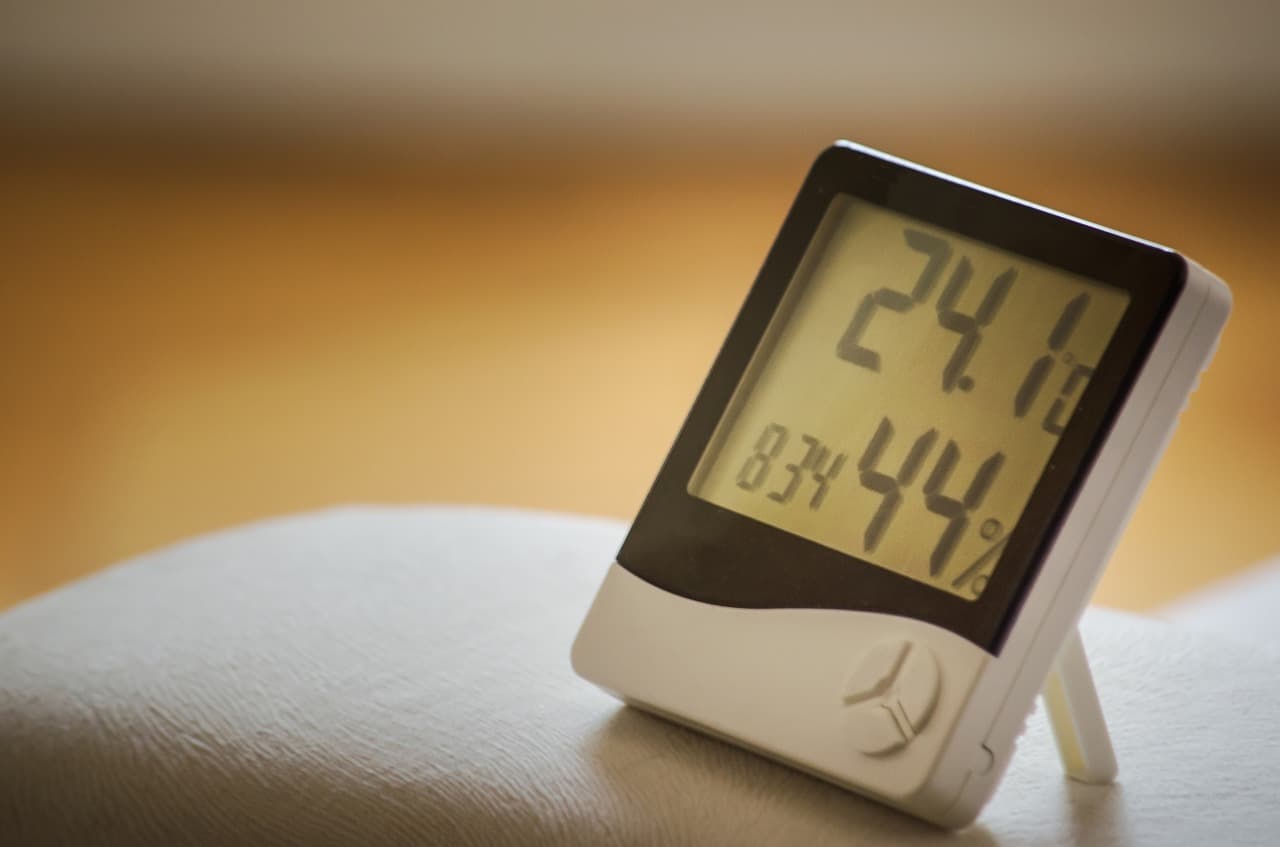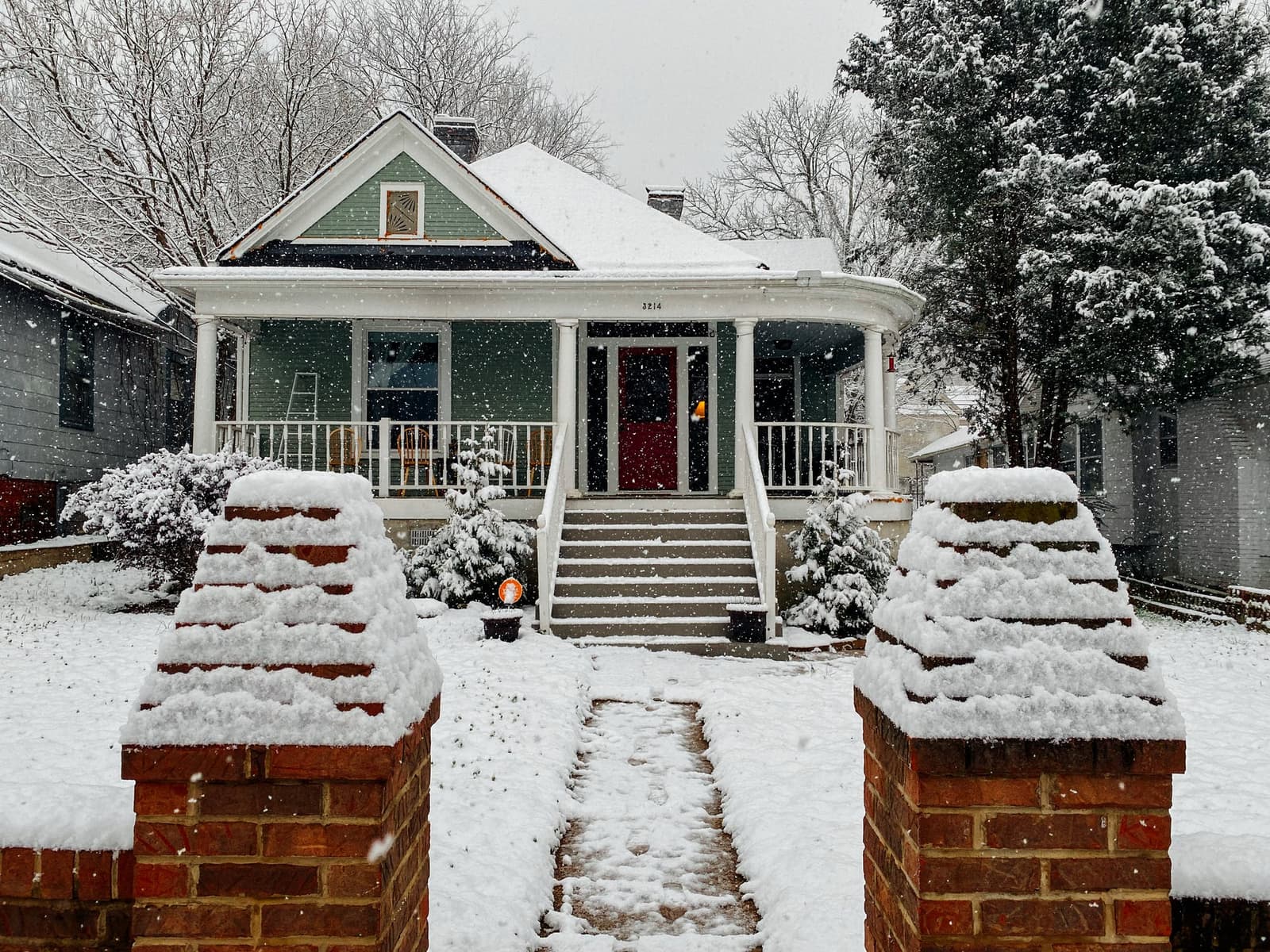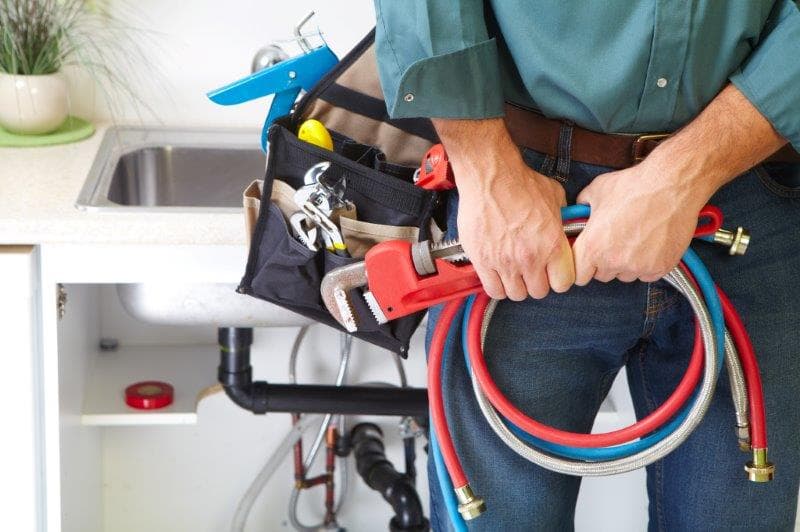
Whether you're looking to enjoy a comfortable room temperature during the summer or winter, insulation is of paramount importance. To be comfortable in your own home throughout the year, it is imperative that you take advantage of adequate insulation and to know, first of all, how to identify the signs indicating a problem.
The different regions of Canada face large temperature differences throughout the year. In the space of a few months, one can experience cold temperatures grazing -30, and go on to live through heat waves not too long after. It is therefore imperative that houses be well insulated, as this affects the comfort of occupants and the lifespan of building materials.
What are the signs of poor insulation?
Do you have doubts about the quality of the insulation materials in your home? Here are some signs to watch for a better assessment of the problem:
1) High heating and cooling bills
Insufficient insulation will inevitably cause outdoor air to seep into your home’s interior, be it during summer or winter. As a result, the internal temperature of your house will be greatly influenced by the outdoor temperatures. Thus, the inside of your house will end up being very hot during the summer and very cold during the winter. In turn, this will force you to overuse your air conditioner and heating to remedy the situation. Needless to say, high bills are rare in these circumstances.

2) Poor heat distribution: a direct consequence of a lack of insulation
If an uncomfortable temperature is a sizable problem resulting from poor insulation, poor heat distribution is also a sign that your insulation is deficient. So, too big a temperature difference from one room to another should make you think twice. Note that this difference in heat can also be tested by doing a touch comparison of the floor and the ceiling.

3) Interior walls and cold floors: signs of poor insulation
Among the concrete signs of bad insulation, we must now mention the presence of cold interior walls and floors, which are difficult things to overlook daily. Note that the section of the floor near the wall deserves special attention.

4) A roof that thaws quickly and the formation of icicles
Although a roof that thaws quickly can be a blessing and bring the happy realization that spring is on its way, do not get excited too quickly. Indeed, if the temperatures are relatively cold, a roof that drips at a surprising speed indicates that the temperature inside the attic is too high.
When the attic is poorly insulated, the heat leaves through the roof and eventually melts the water that accumulates in the gutters and freezes into icicles. As a temporary solution, be sure to regularly remove snow from the lower sections of the roof to limit the appearance of this phenomenon. Never allow this type of problem to hang around, as this accumulation of water is likely to seep into the attic and the outside walls.

5) Snow melting near the walls of the house
If you observe an area of slush on the ground at the level of the foundation, you may well have insulation problems. To remedy this, it will probably be necessary to call on a professional who can inject sprayed urethane (type two) in the walls of your foundation.

6) A poorly insulated house: synonymous with high humidity and mould
Mould is a phenomenon usually caused by a lack of insulation inside the walls as well as by inadequate ventilation. When combined, the reaction that results from these two factors leads to a phenomenon of condensation leading itself to the appearance of a fine water vapour which will eventually turn into mould. Be extra careful about the appearance of mould, specifically on the walls in winter as well as in the basement during the summer.

7) Animal and insect infestations
If there are openings and degradations that affect the insulation materials, animals and insects will want to take up residence there. When you notice an infestation problem, you may need to replace the insulation material, as creatures can leave feces in, thus affecting the air quality of the house. They can also tear and cause additional damage to the material.

8) Pipes that are frozen
Do your plumbing pipes often freeze during the winter? This could indicate an insulation problem in certain areas of the house or even throughout the building. This deserves to be investigated!

Some additional signs of a lack of insulation...
Unsurprisingly, walls that are poorly soundproofed are undeniable proof of a glaring lack of insulation. In a completely different way, if you feel small drafts from the electrical outlets, this is another sign not to be overlooked. Lastly, also check that air does not escape from the window sills.
Get 3 renovation quotes for your attic insulation project
RenoQuotes.com can help you get quotes for your insulation project. If you submit your project to us, we’ll put you in contact with top-rated contractors. Fill in the form on the homepage (it only takes a few minutes), and you will get estimates from trusted professionals.
Dial 1-844 828-1588 to speak with one of our customer service representatives
Looking for something else?
Related articles
The latest industry news, interviews, technologies, and resources.

Léa Plourde-Archer
•24 May 2024
Crawl spaces are not that well known in the modern home as more often than not, they are found in older houses. However, in recent years, they have made a comeback in newer constructions and homes appearing on the market.

Editorial Team
•07 Nov 2023
Even though it can’t be seen, insulation is an integral feature of any home. It helps to keep us warm and dry during autumn and winter months, as well as cool and comfortable during spring and summer.

Editorial Team
•07 Nov 2023
The luxury of having a bathtub in the home is wonderful: It can help relieve stress, restore balance, and enable you to truly relax. Of course, not every single home has a bathtub. Thus, if you’re looking to have one installed, you may want to consider a drop-in tub. As opposed to claw-foot tubs, drop-in bathtubs are easy to clean and conceal all plumbing elements. These tubs will give your bathroom a modern, classic finish.
Editorial Team
•01 Dec 2025
The kitchen backsplash serves both a practical and aesthetic purpose. It protects the walls from splashes and steam while also tying the room together visually. Understanding a kitchen backsplash's cost can help homeowners choose the right material for their space.

Amanda Harvey
•07 Nov 2023
Kitchens are the single most important room in the home when it comes to valuation. As a social space that is well-loved and well-used, the location of the kitchen is of the utmost importance. However, from time to time the kitchen rests in an awkward place, potentially lacking light, space or just isn’t ideally located. You might feel as though moving your kitchen proves impossible, but this job can be easily completed and lead you to the kitchen of your dreams.